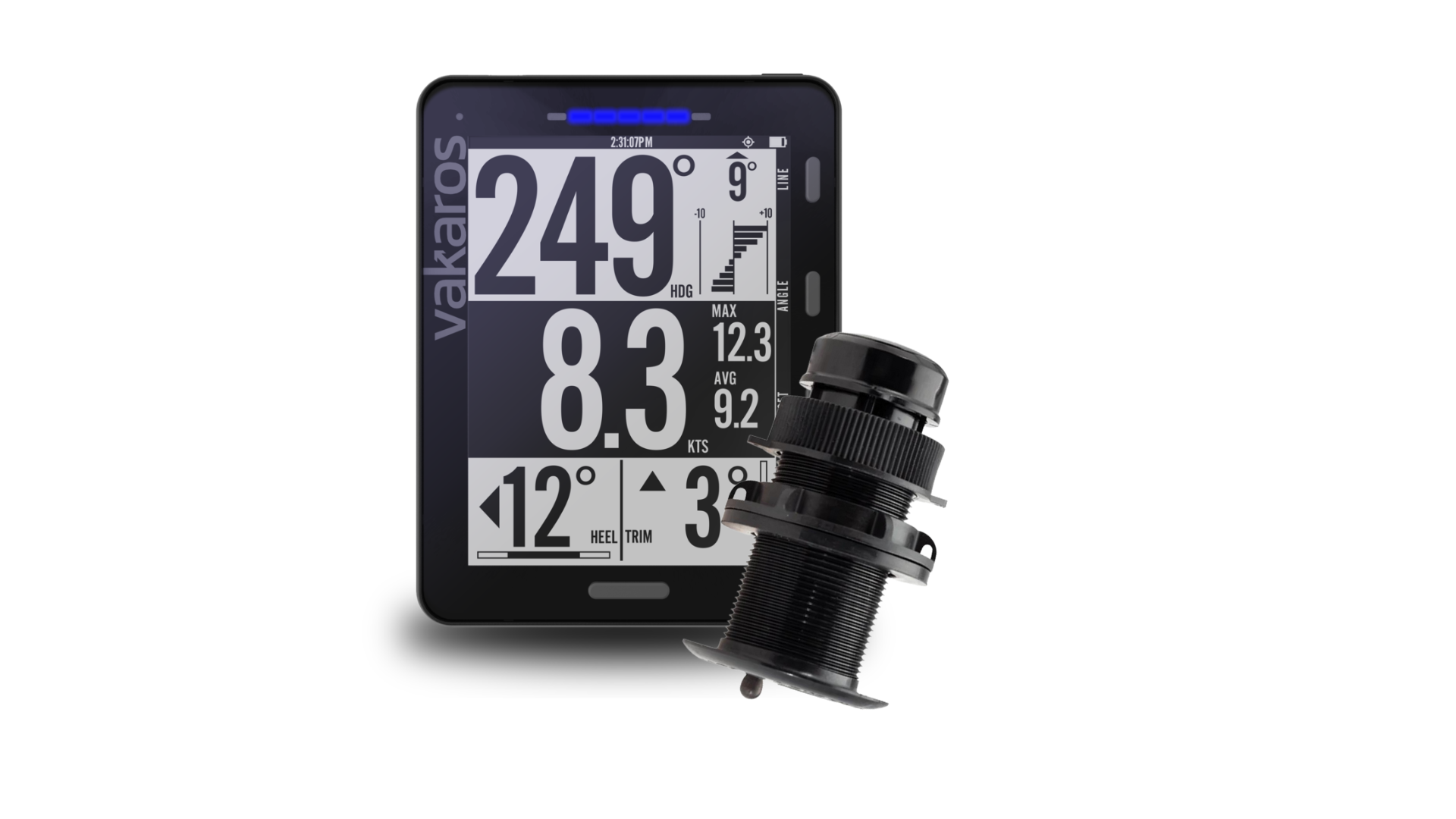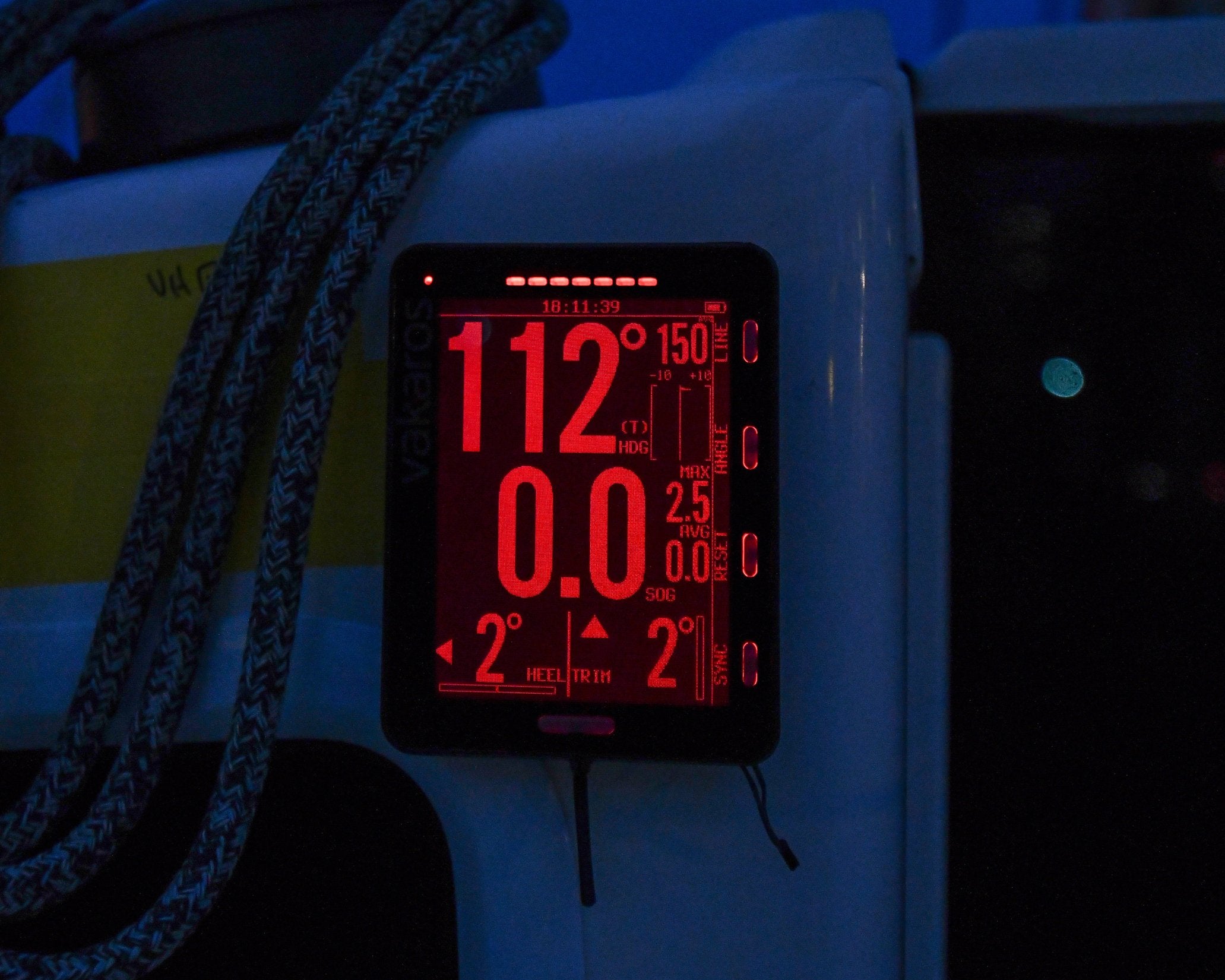100-Hours: How the Atlas Battery Lasts So Long
It's easy to get caught up in the technical specs of an instrument: how accurate is the GPS? What functions are available? And so, often the most significant factors are overlooked. We pride ourselves on best-in-class battery life, fully wireless charging, and an architecture that ensures your instrument will be able to perform as it does out of the box, for years to come.
When we say the Atlas 2 and Atlas Edge can last a full regatta, we mean it: each device has 100 hours of battery life, and will stand up to that claim for the long run. We've implemented a number of features to ensure the internal Lithium-Ion battery will hold up from season-to-season.
When phone companies sell you a new device, they're prioritizing the immediate experience: the battery is pushed to the brink every time it is charged or discharged, which means after a few months, the overall battery life will decrease sharply. Simply put, we've taken the opposite approach with the Atlas family. Here are three ways we're working to keep your device powered up for years to come:
Regulated Charging
You might notice that sometimes, your Atlas rests on its wireless charger and doesn't respond. If it's charged over about 85%, that's intentional: the Atlas is programmed to not accept a charge if it is placed on its charging pad with high charge already. Batteries are stressed when they are charged to capacity, and when they are charged quickly. As your Atlas 2 charges towards 100%, the rate at which it is charged slows down to keep the battery healthy. So, you may be able to charge from 50% to 75% quickly, but those last few percent will take their time.
Staying Centered
Similar to the above, we aim to keep the Atlas family operating in the midrange of its battery charge. When the Atlas shows 100%, the battery could be pushed another 20% to gain more life. But, by doing that, we would shorten the lifespan of an Atlas. So, both the 100% and 0% mark on the device leave some wiggle room.
Operating Efficiently
Our engineers work hard every day to refine our code and operate efficiently, to reduce computing power and power consumption needed to carry out all the functions you depend on. So, while you can't see this from the outside, every software update contains fixes to improve efficiency, and therefore battery life.












